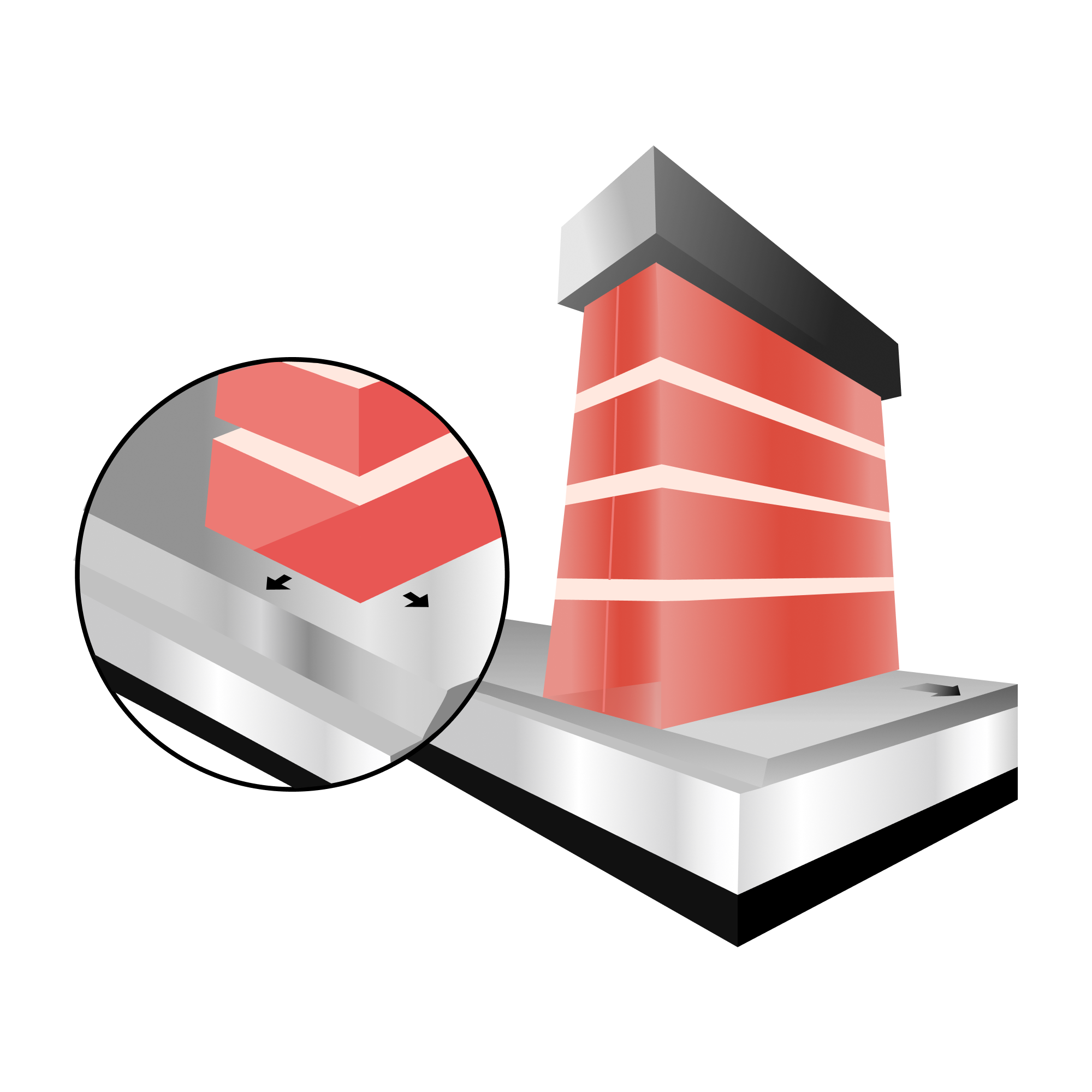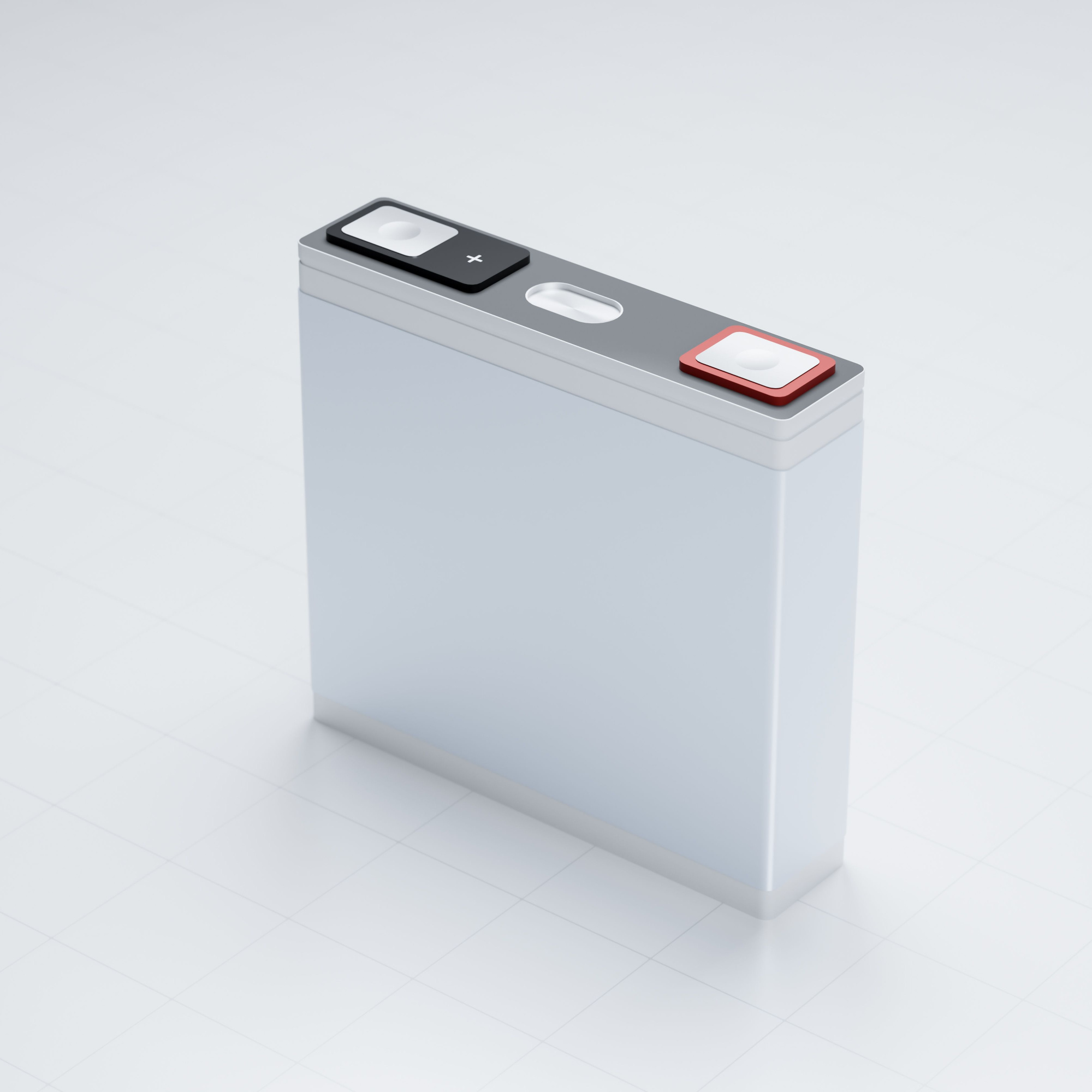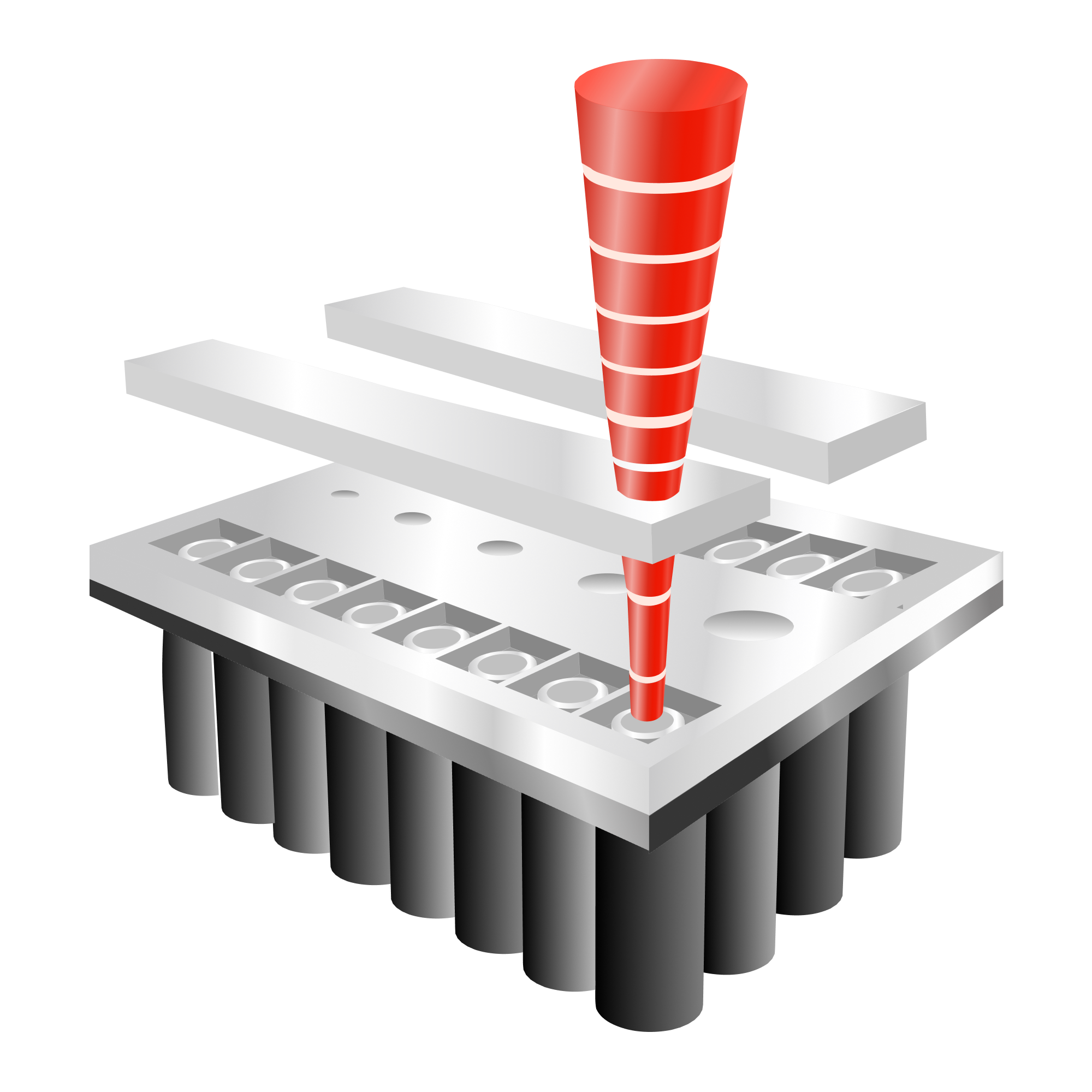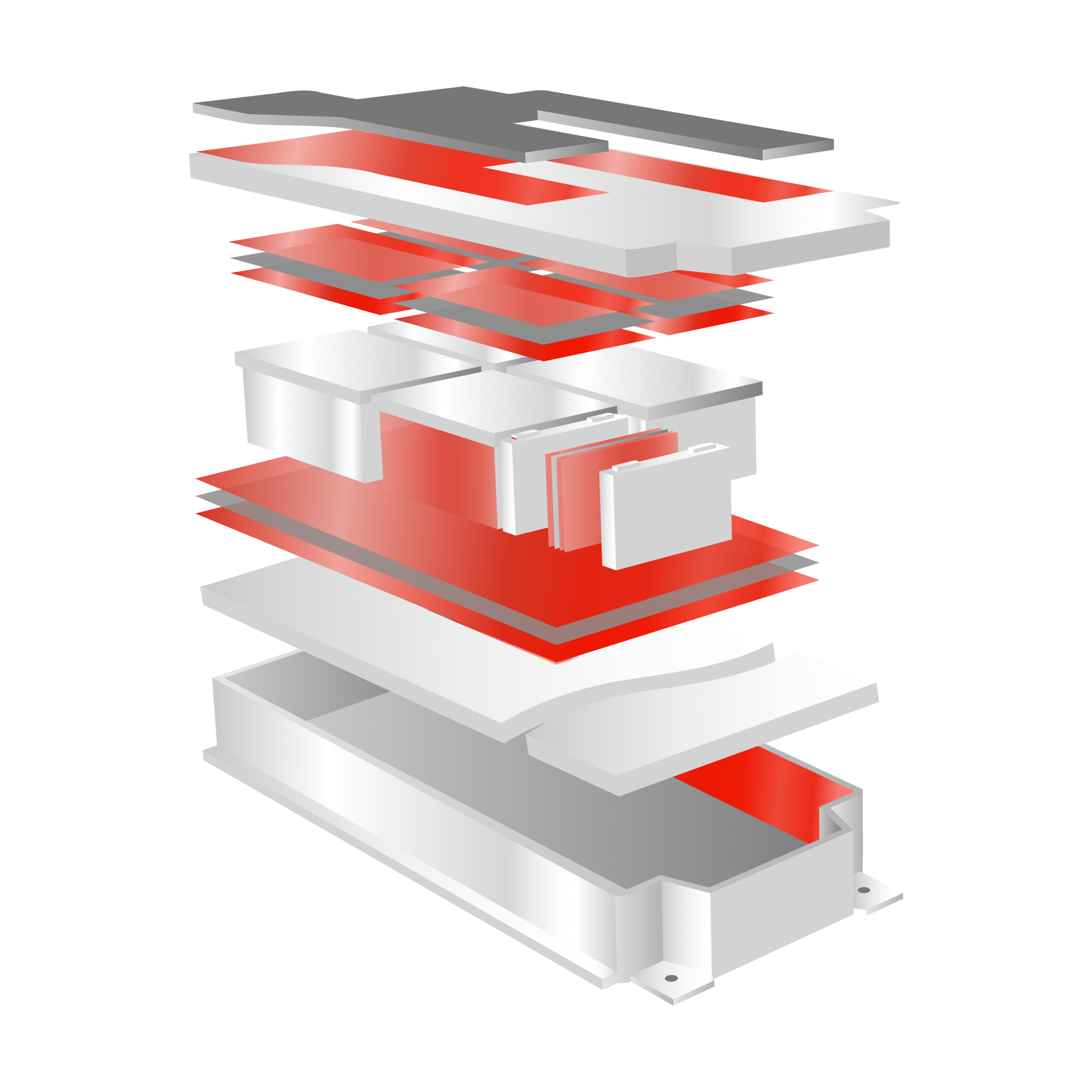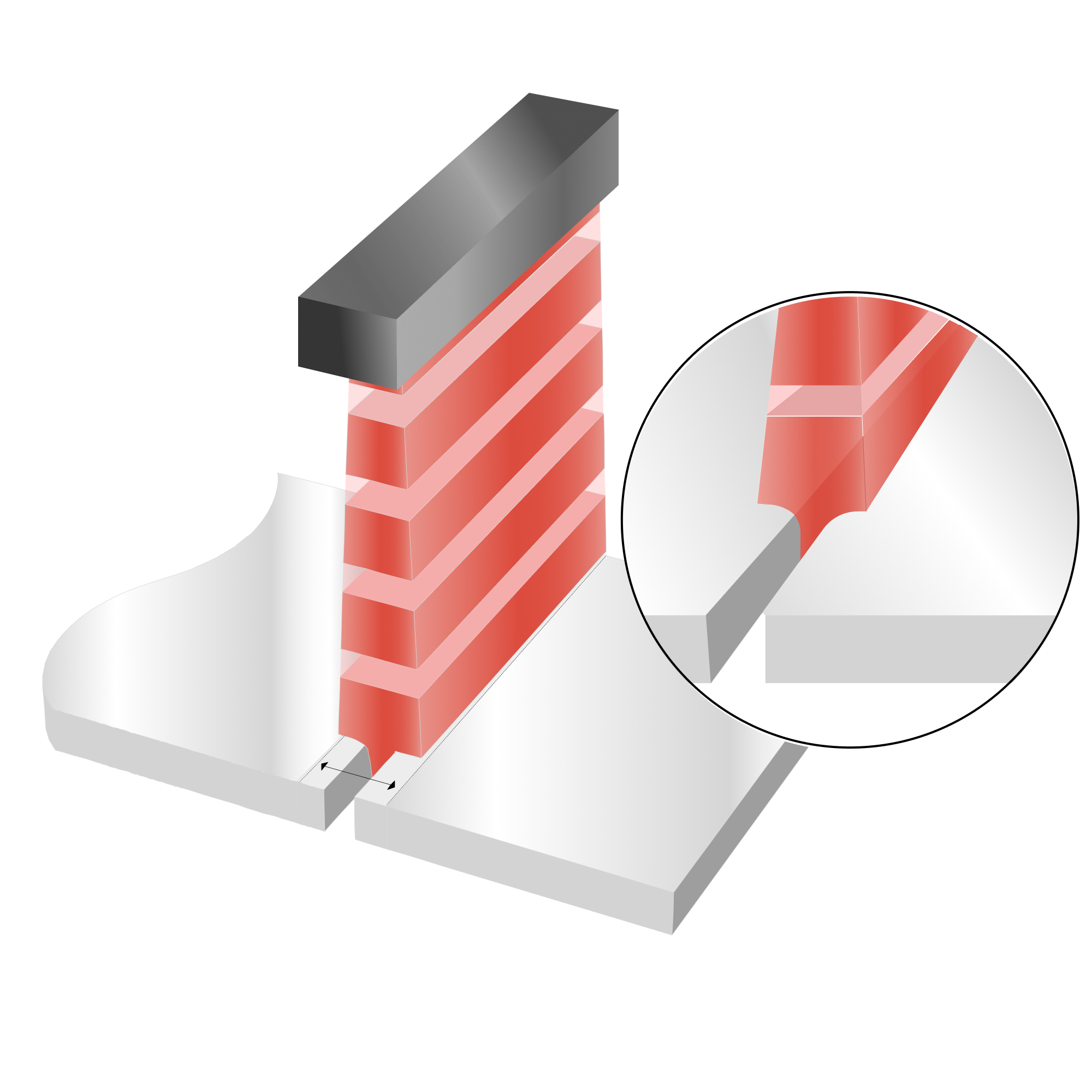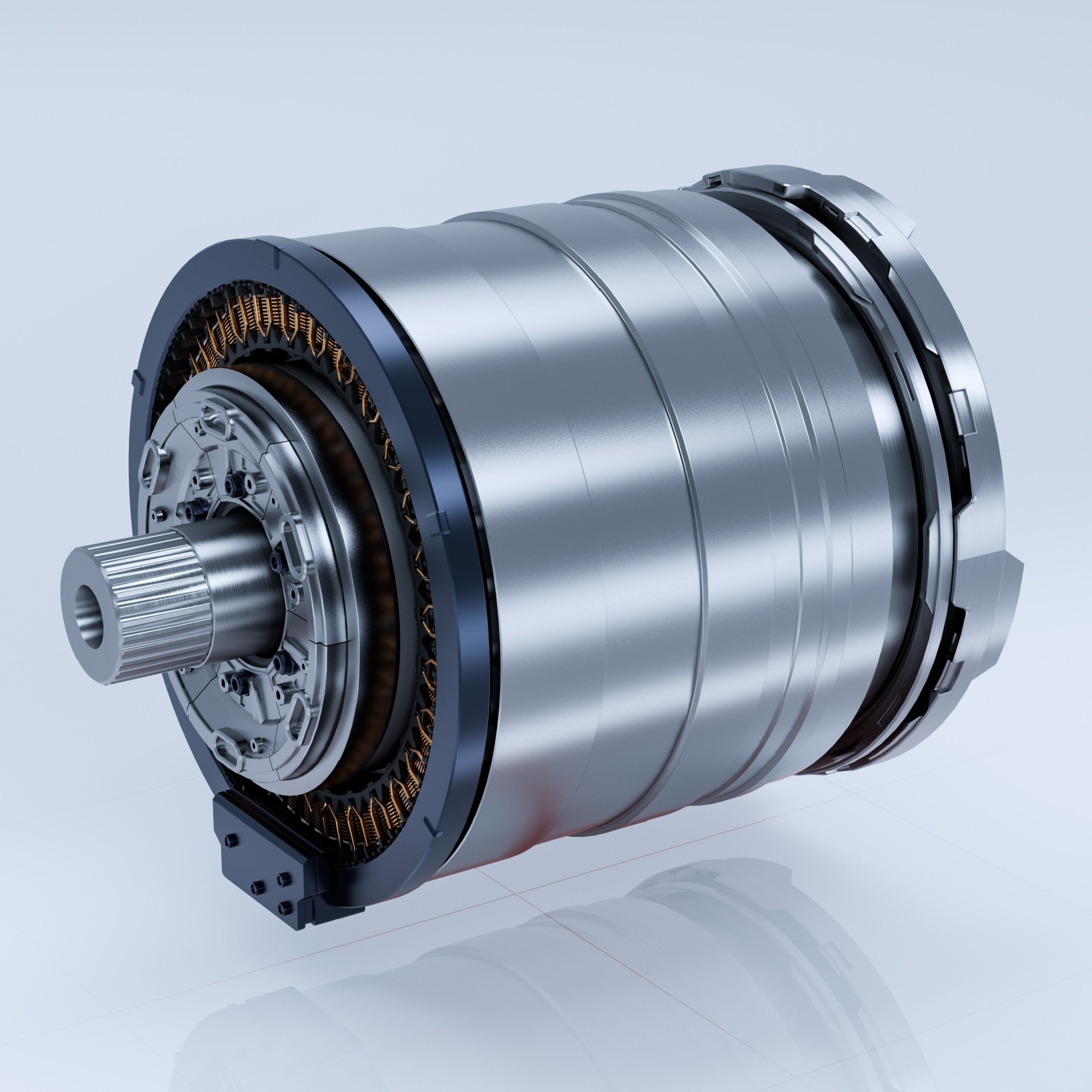Secondary battery
Demand for lithium-ion batteries is rapidly increasing, and lasers are attracting attention as the most economical and highly productive solution. Lasers with various application possibilities such as CUT, WELD, MARK, CLEAN, and TEXTURE are the best choice for battery manufacturing requiring multiple process steps and processing techniques.






